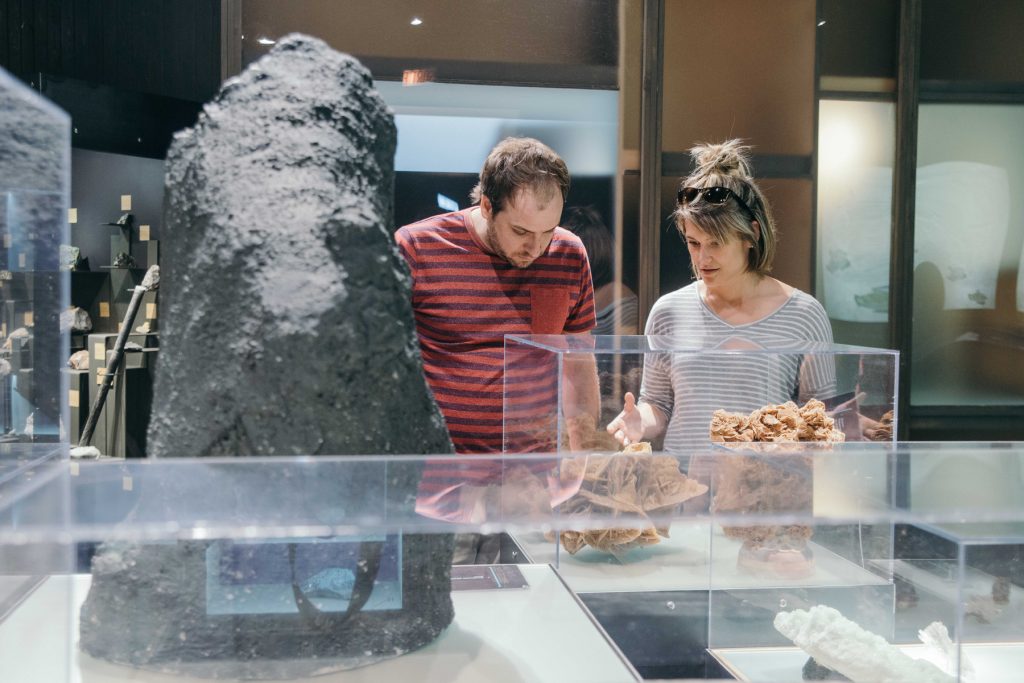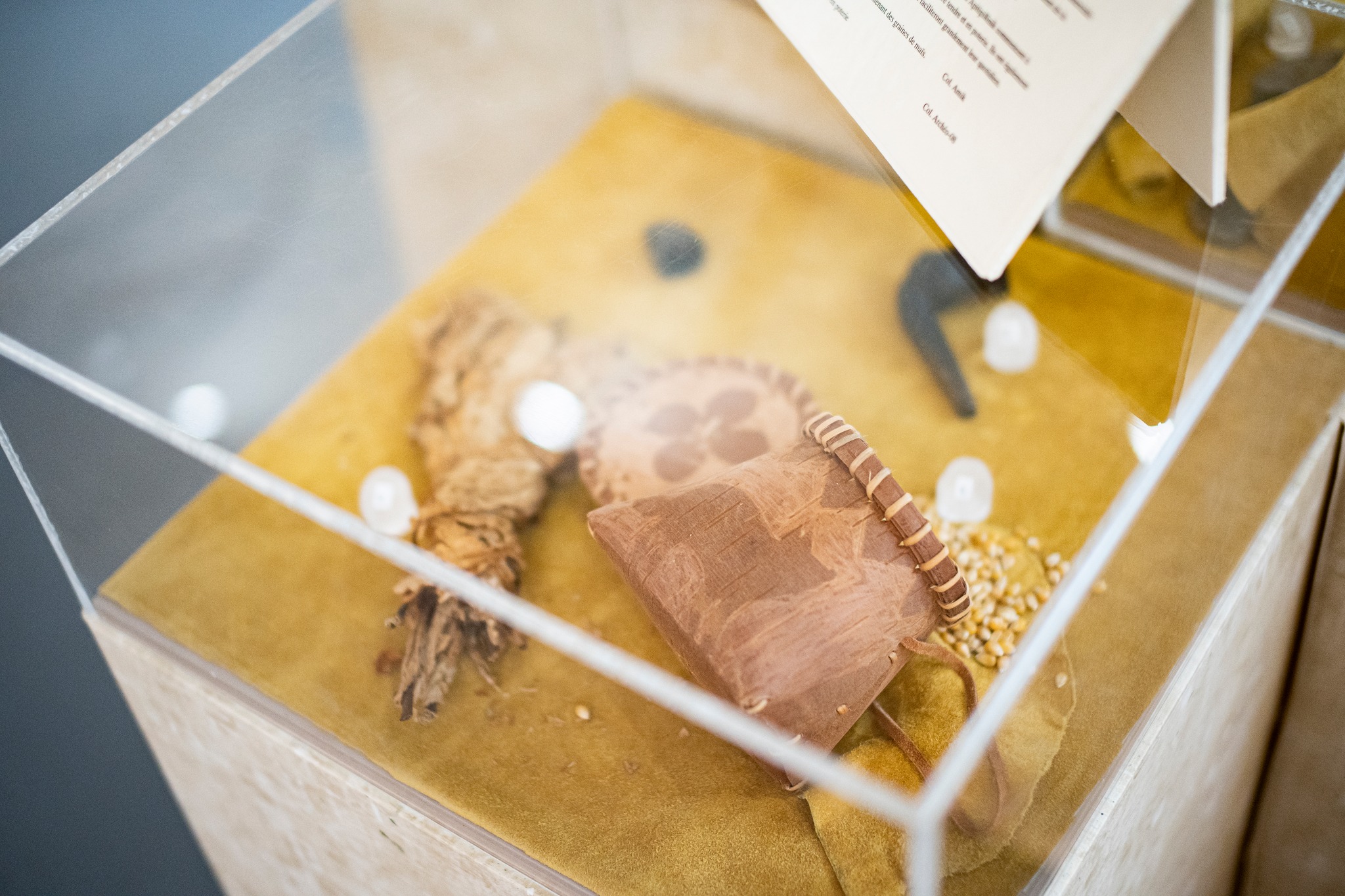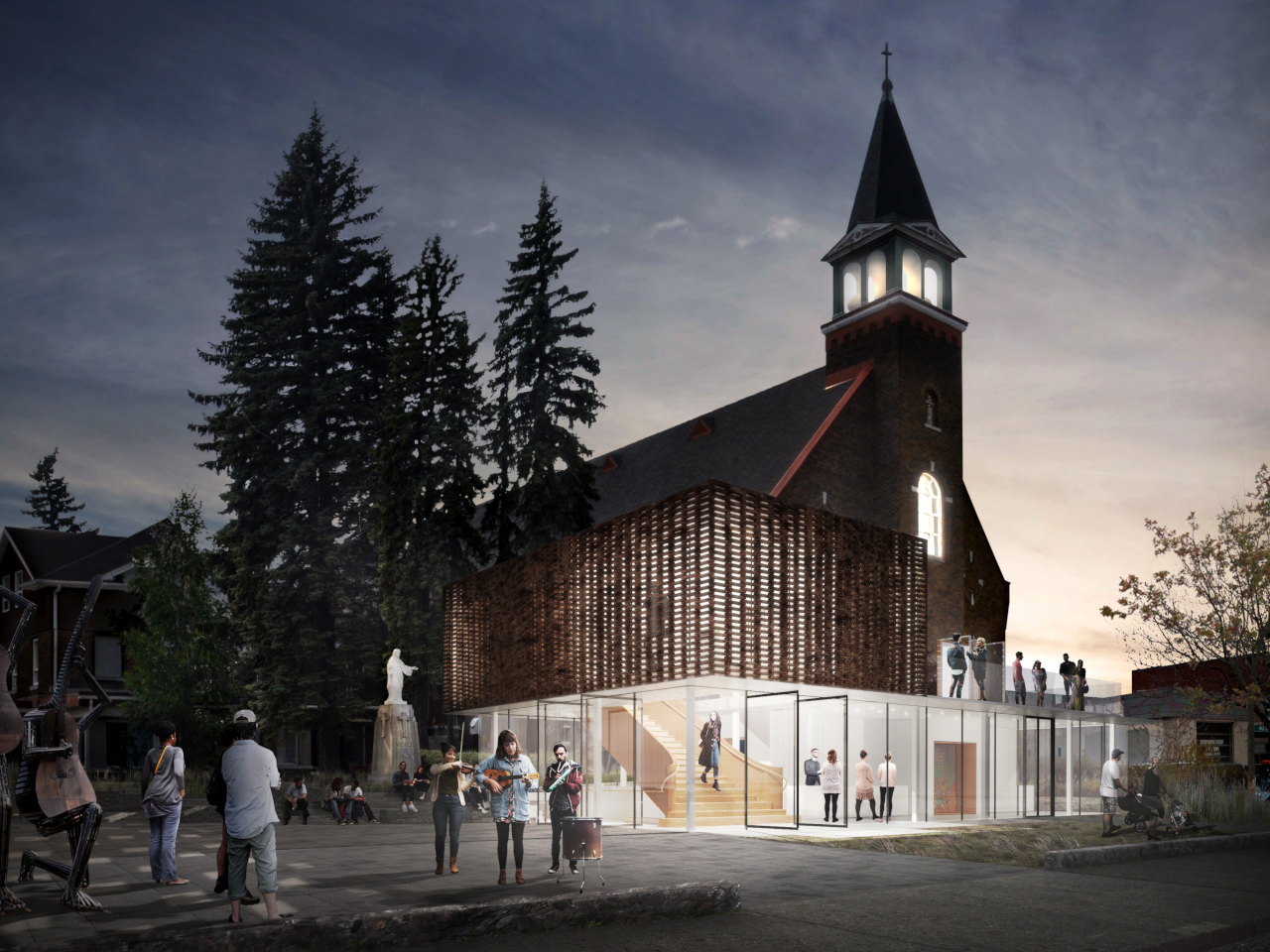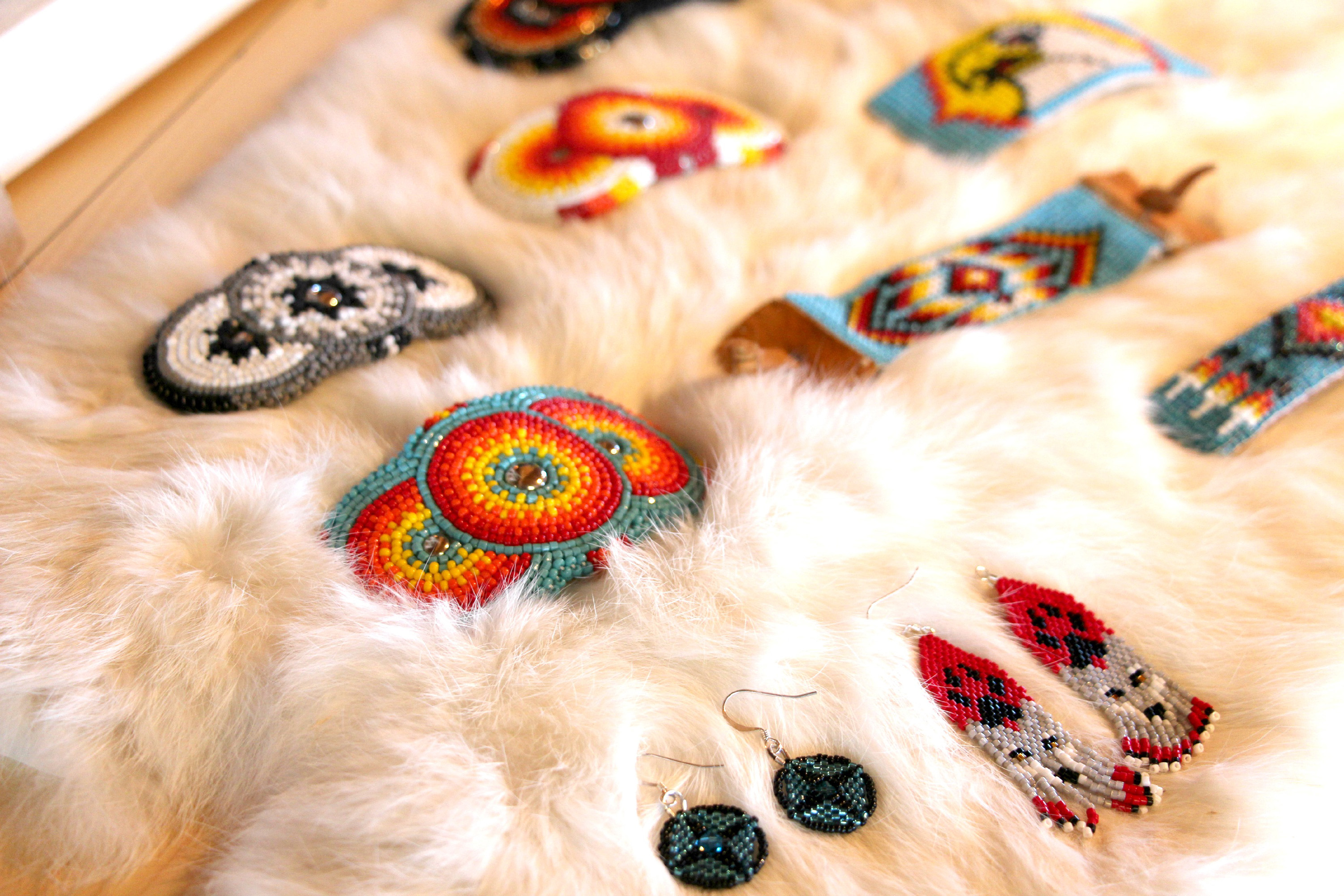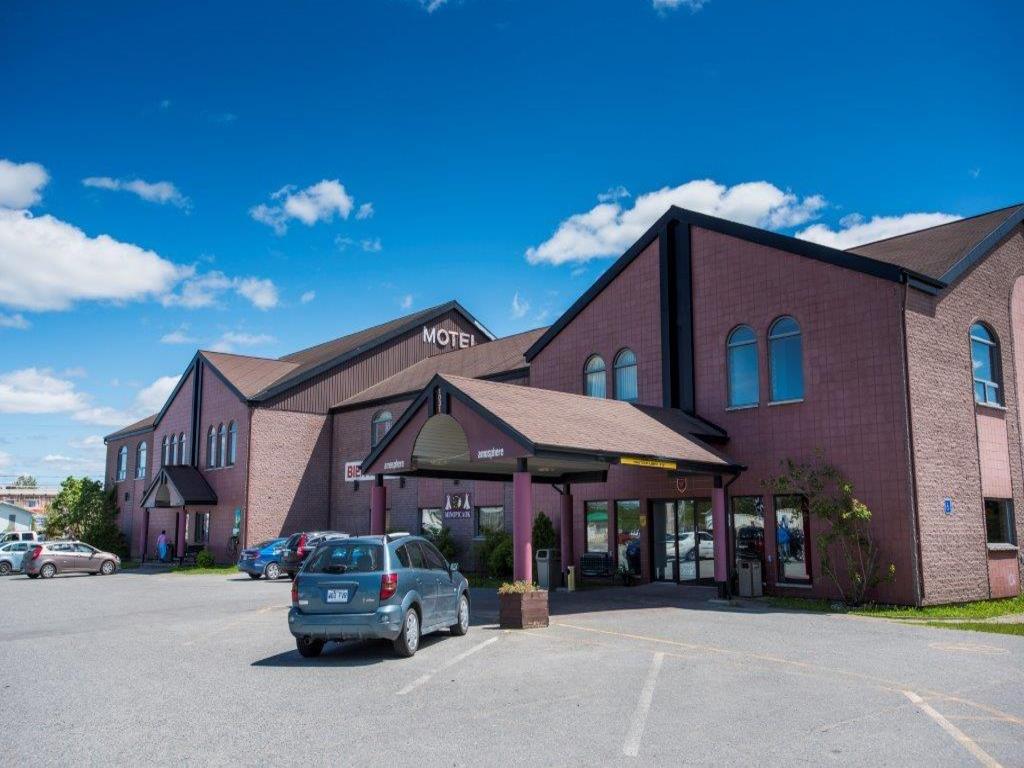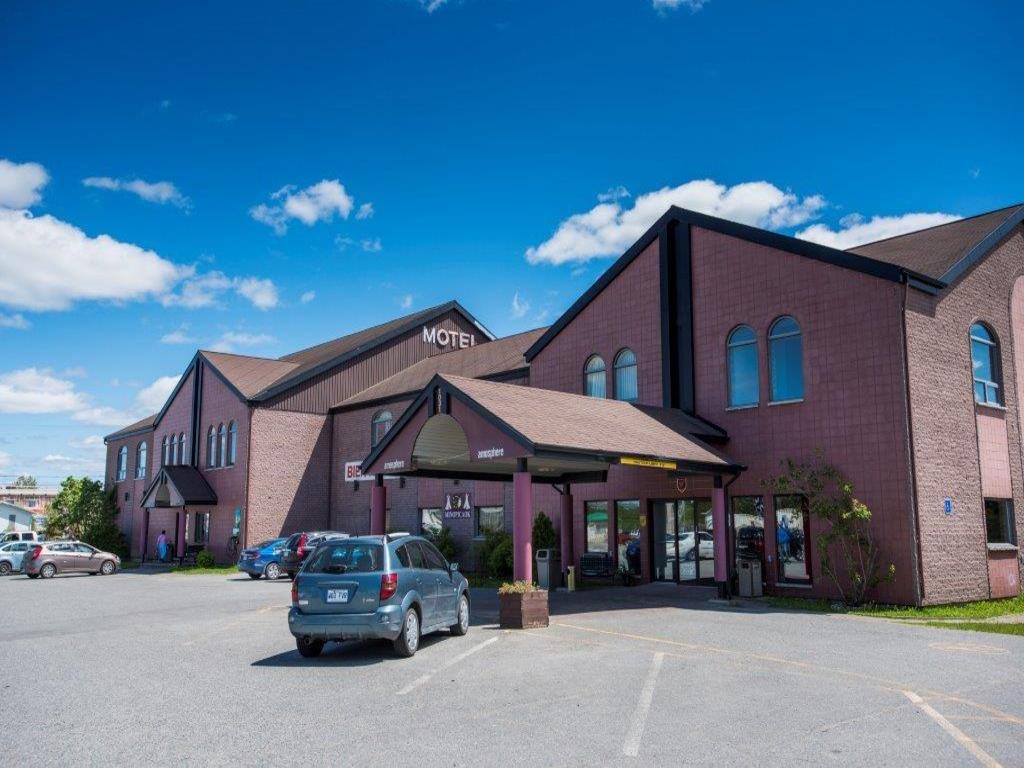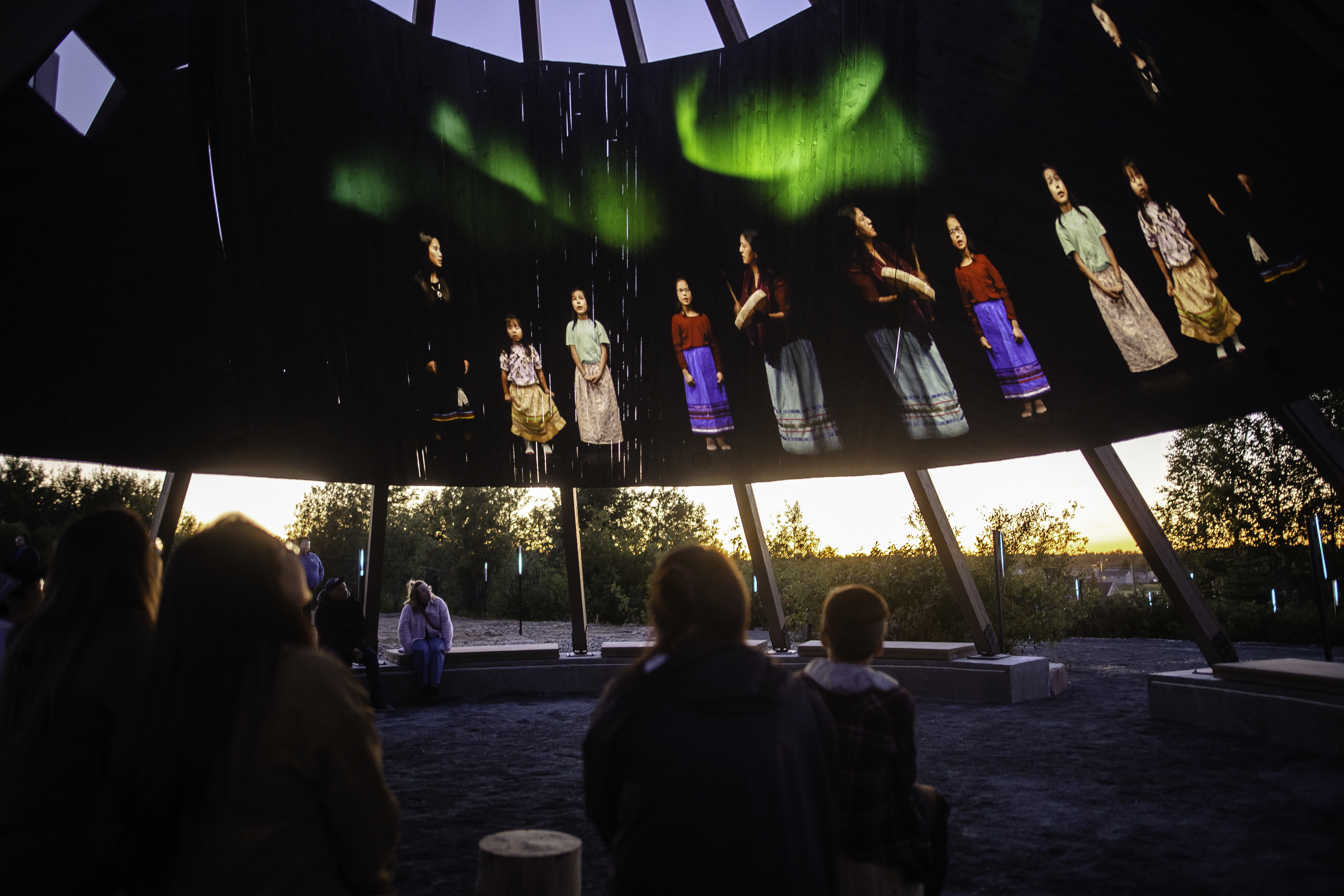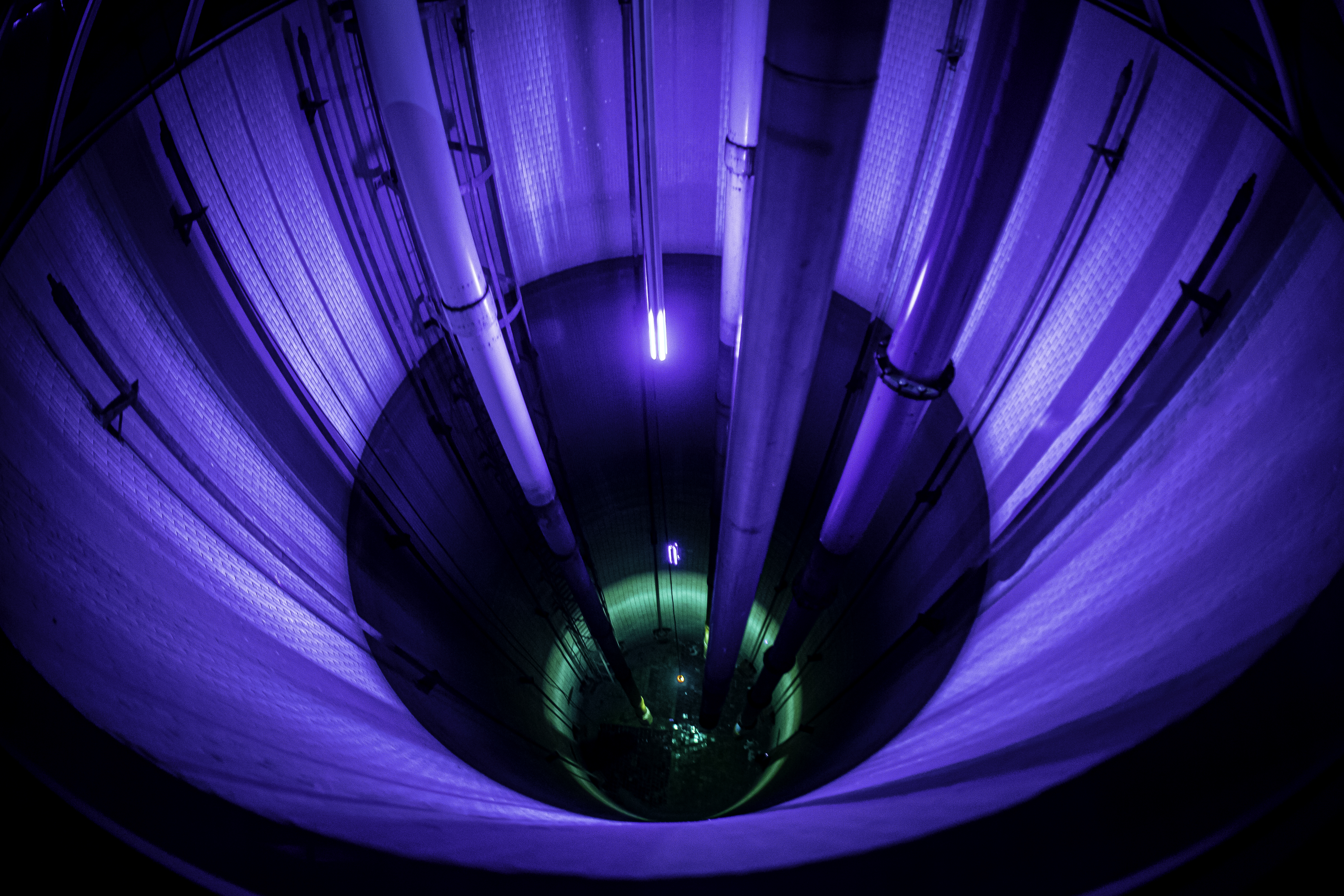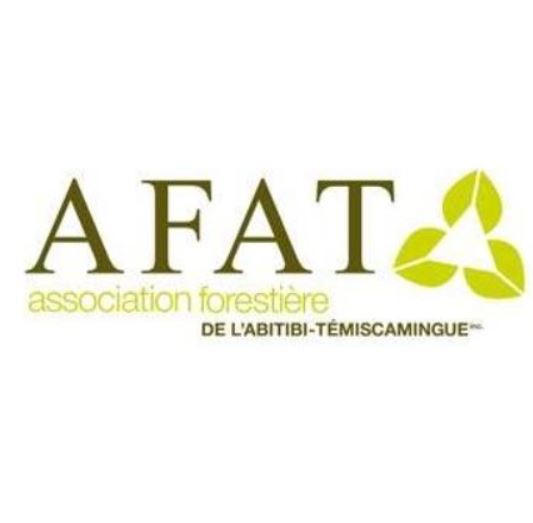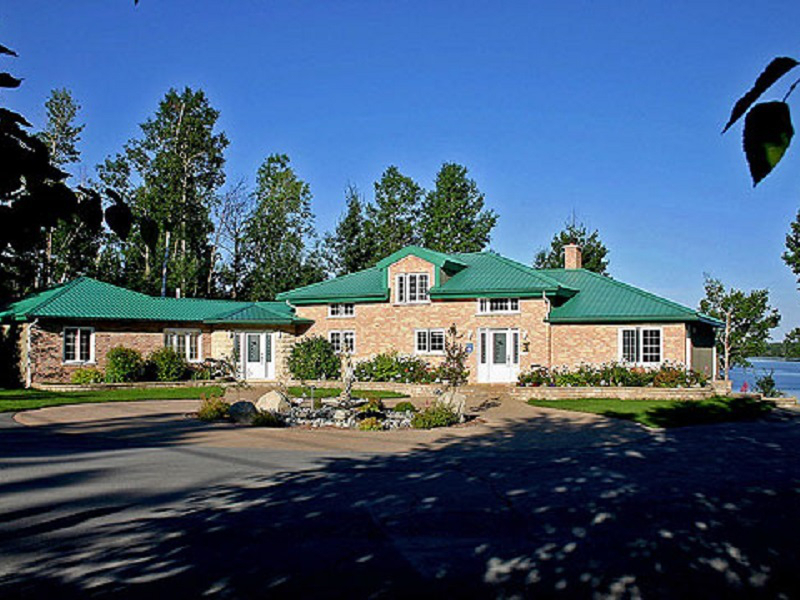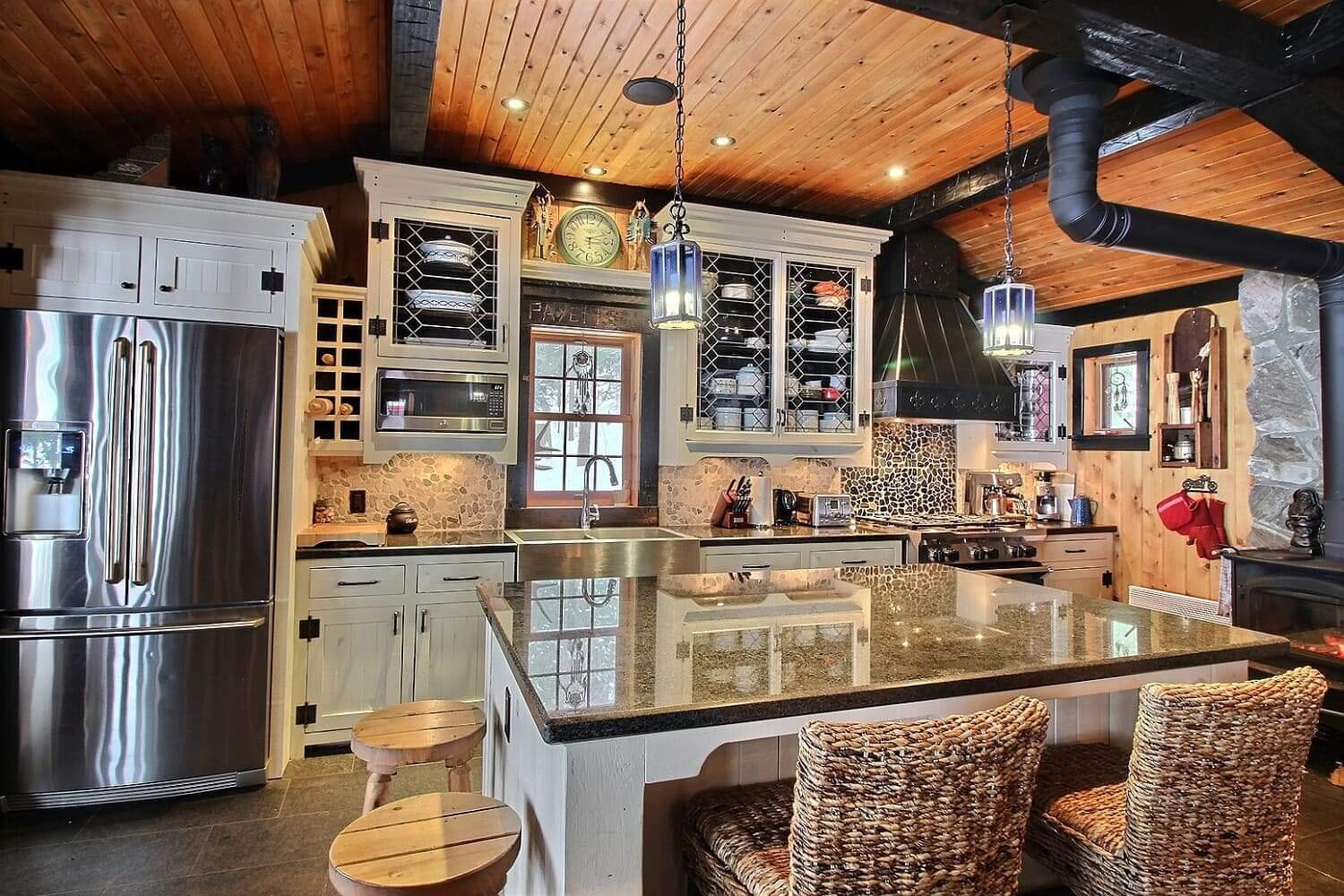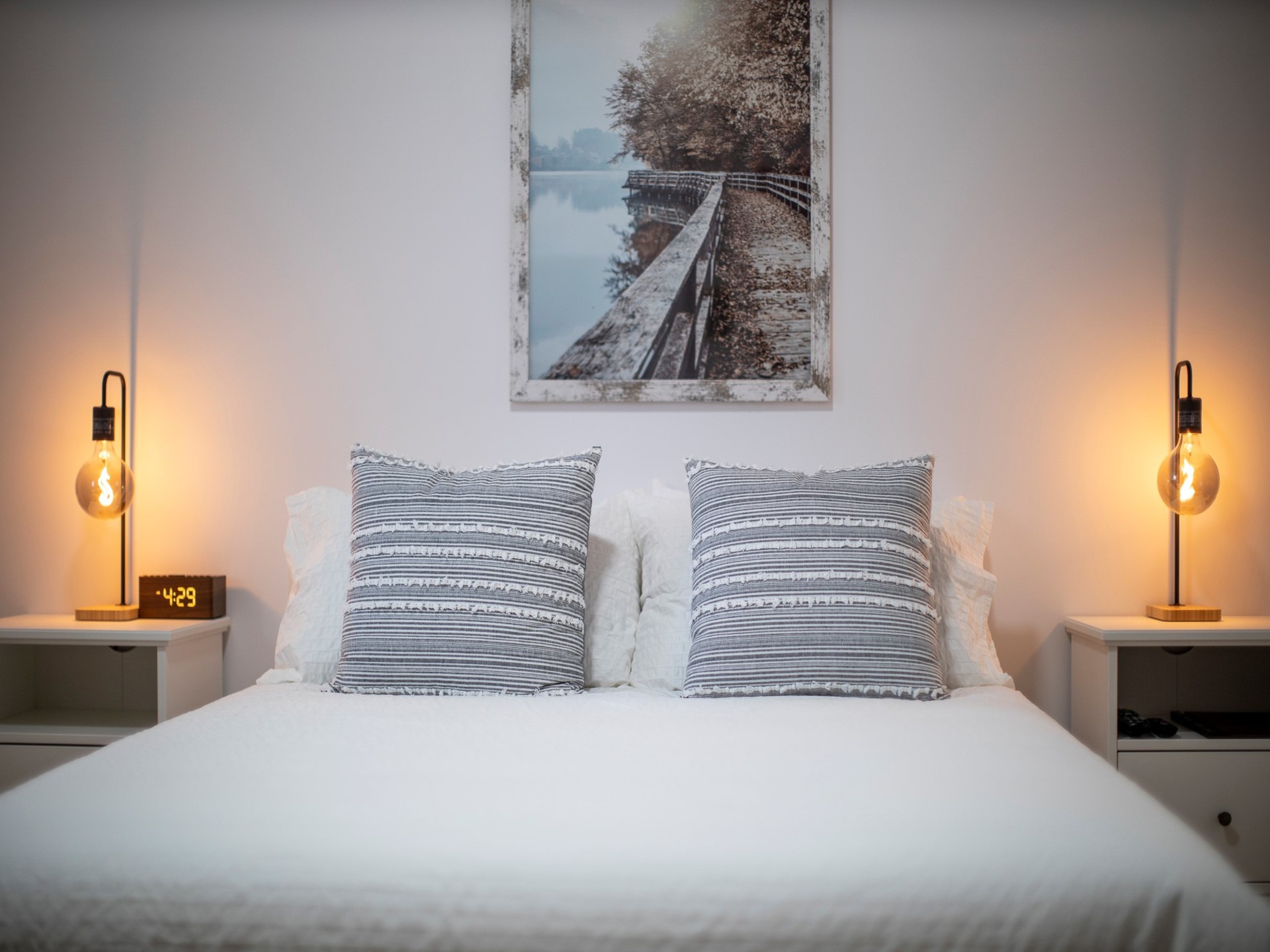By Anne-Marie Belzile
This summer is a great opportunity to learn more about the history of our region and our people by visiting our museums, historic sites and interpretation centres. You’ll be amazed (dare I say, even proud) at the quality of our facilities. Settle in for a captivating story...
1. Obadjiwan-Fort Témiscamingue national historic site
The Obadjiwan-Fort Témiscamingue national historic site in Duhamel-Ouest tells the story of the millennia-long presence of the Anicinabek on the territory, as well as the fur trade, first by the French and then by the British.
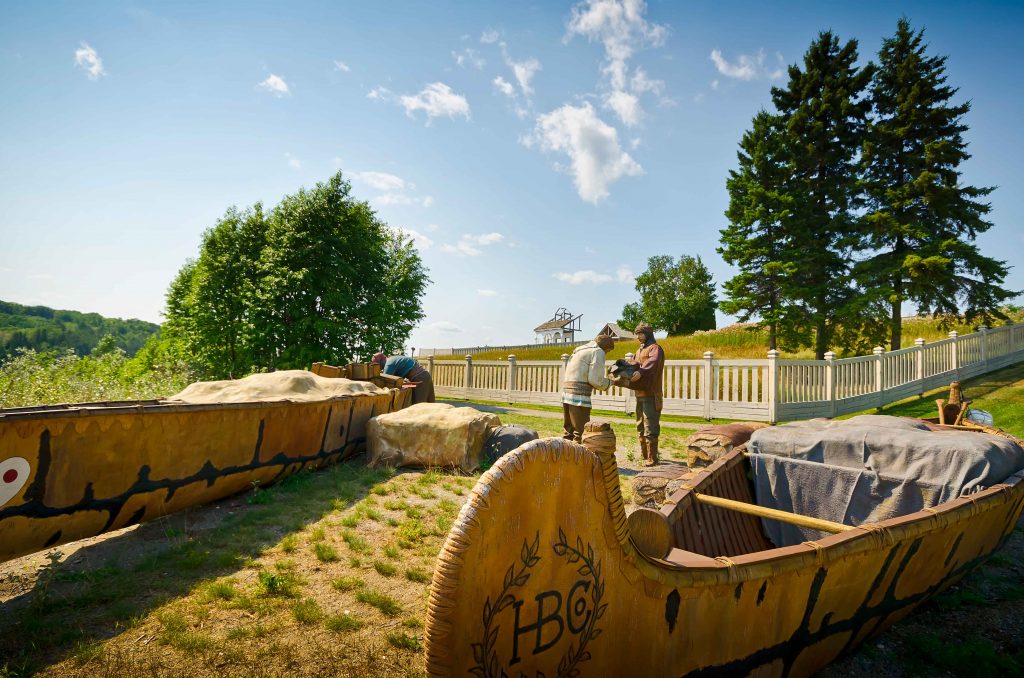
2. Brother Moffet's house
Brother Moffet’s house, built in Ville-Marie in 1881, is the oldest remaining house in the region. It tells the story of one of the greatest legends of Témiscamingue, Brother Moffet, the first man to believe in the region’s agricultural potential.

3. Dumulon general store
The Dumulon general store is the oldest business in Rouyn-Noranda. Rumors of the region’s mining potential prompted Jos Dumulon to start his own business. His wife, Agnès Dumulon, was also one of the first female postmasters in Canada.
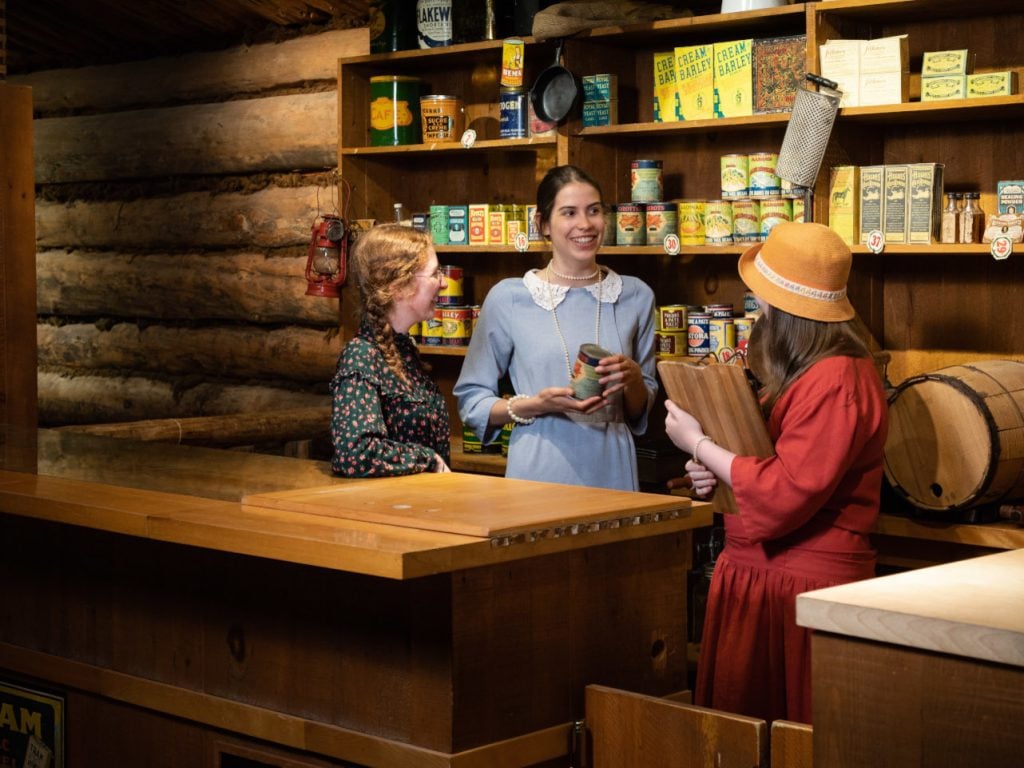
4. École du Rang II
École du Rang II, in Authier, showcases a typical school day in the 1940s, including Latin class, a rap on the knuckles with a ruler, and a visit from the parish priest!

5. Claude Morin collection
The Claude Morin collection is located in Macamic. The 20th century saw all types of vehicles on the roads of Abitibi-Ouest. Some of the oldest horse-drawn carriages to be used in the region have been astonishingly well preserved by collector Claude Morin.
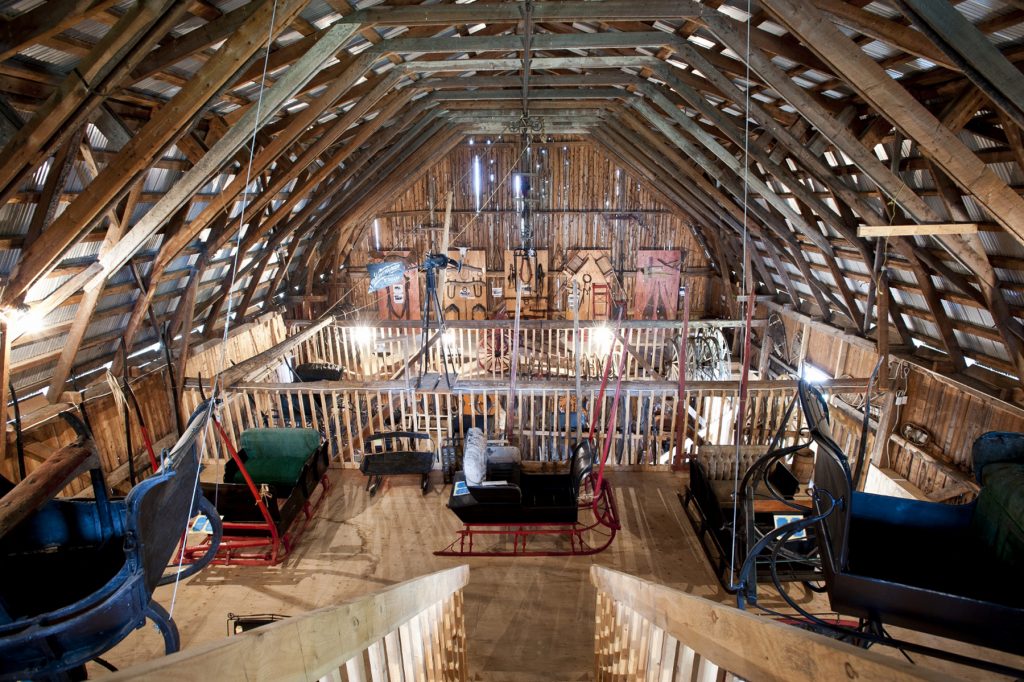
6. Joseph Bérubé archaeological
The Joseph Bérubé archaeological collection, located in Gallichan, features archaeological objects unearthed at five Indigenous settlements around Lac Abitibi. Items such as arrowheads, pipes, scrapers, necklaces and axes are on display in the showcases.

7. Route du patrimoine forestier
On the Route du patrimoine forestier, in Chazel, you’ll discover larger-than-life sculptures and works of art representing the different facets of the forestry industry from the 1920s to the 1980s.
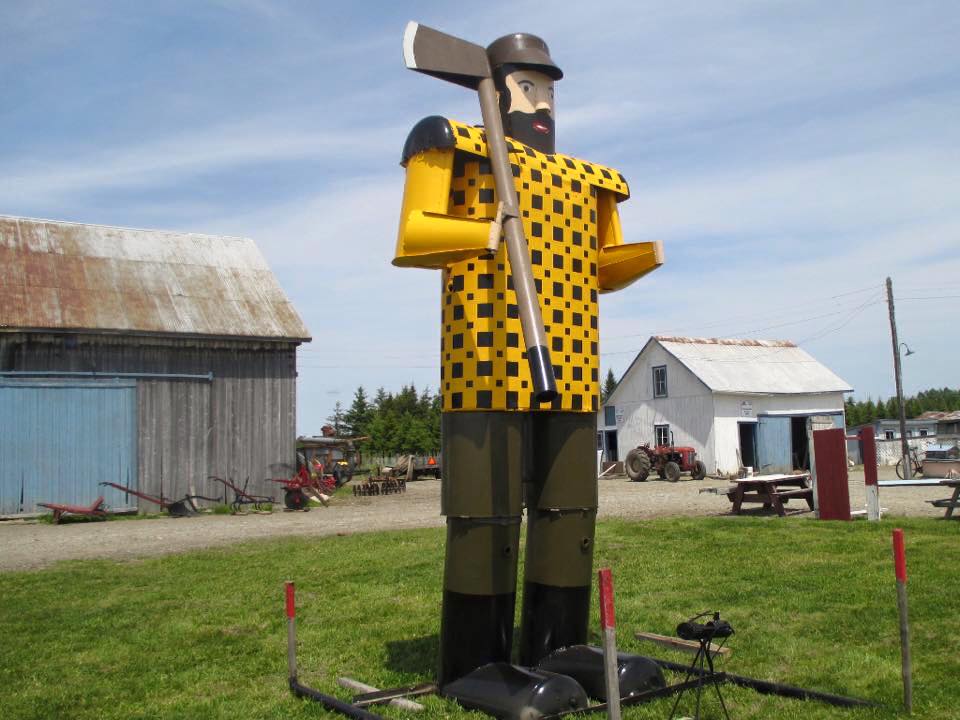
8. Musée de la Poste and the Boutique de forge
The Musée de la Poste and the Boutique de forge are located in Saint-Marc-de-Figuery. In the 1920s, the post office was the heart of the village. Today, the museum is filled with objects reminiscent of an earlier time and the beginnings of the modern era. The Boutique de forge, on the same site, showcases the work of blacksmiths at the time.
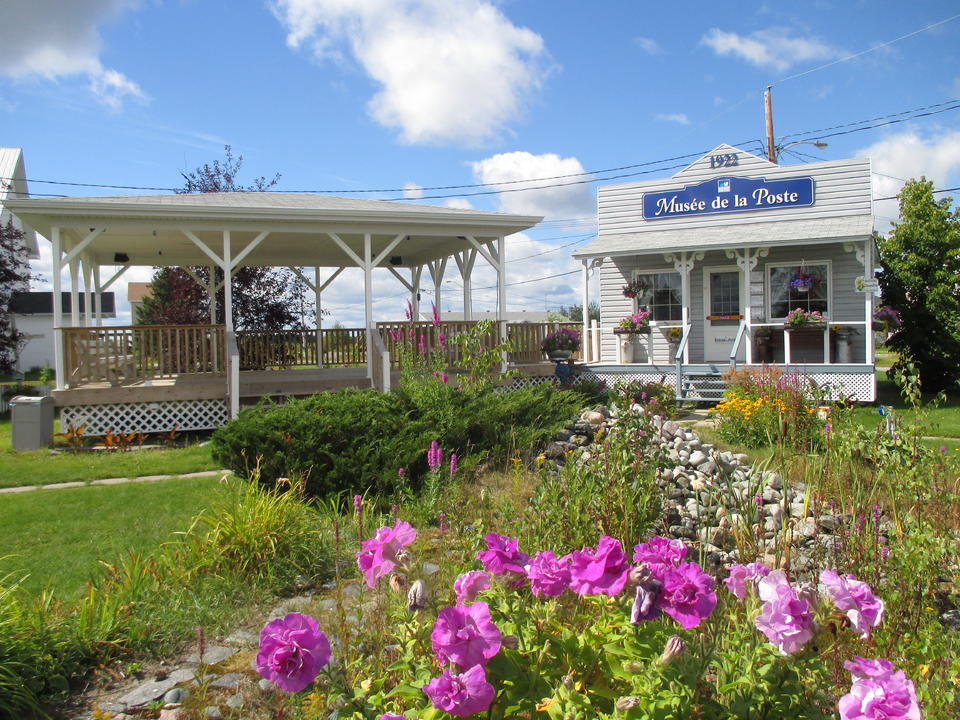
9. Cité de l'Or and Bourlamaque Mining Village
The Cité de l’Or/Bourlamaque Mining Village, in Val-d’Or, is a testament to the gold rush that took place in northwestern Québec in the 1920s. Visitors are given an in-depth view into a mining operation, both underground and on the surface. So many fascinating tales!
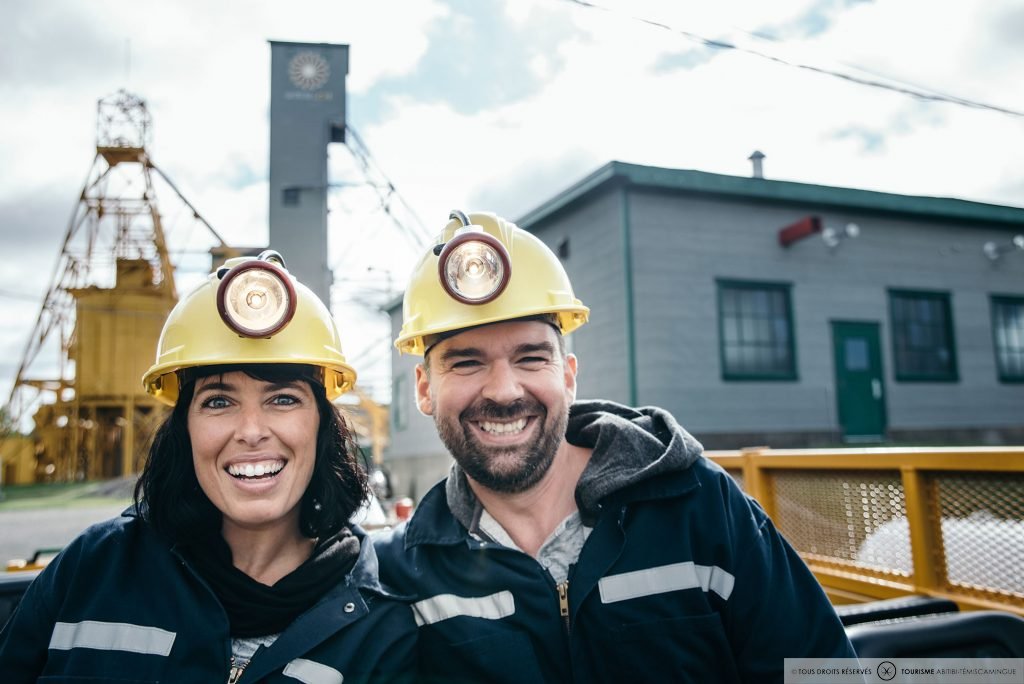
10. Musée minéralogique de l'Abitibi-Témiscamingue
The Musée minéralogique de l’Abitibi-Témiscamingue recounts the oldest chapter in our history—the one about our soil and rocks. Visitors will find out why the area is so rich in minerals and get a glimpse at local mining projects. The exhibition is rounded out with interactive games, an earthquake simulator, fairy stones, moon rocks, and spectacular chunks of gold.
